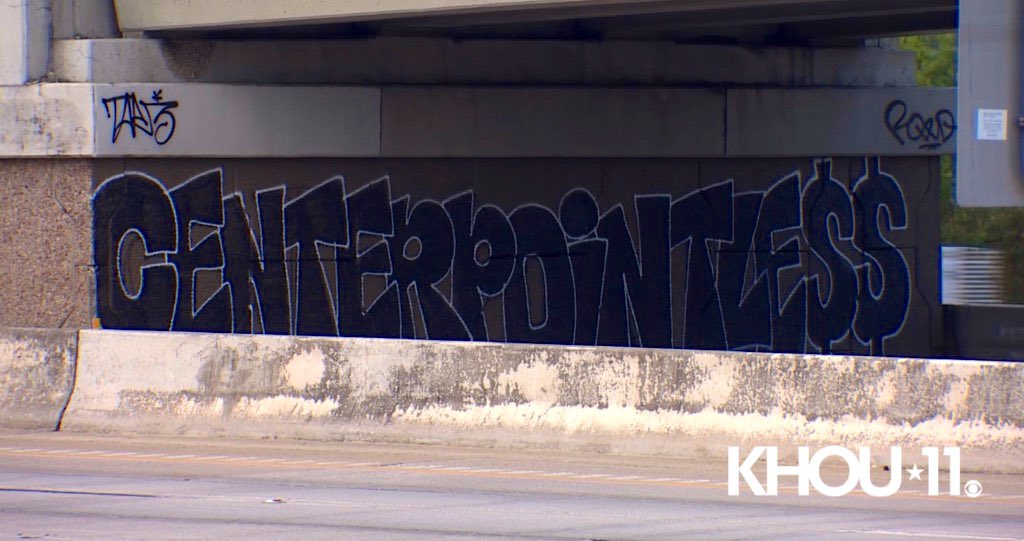Well, CenterPoint would like for that to be us.
CenterPoint Energy expects to incur as much as $1.8 billion in costs from its efforts to restore power after May’s severe storms and July’s Hurricane Beryl, company executives said during a second-quarter earnings call Tuesday in which it reported a steep jump in profits over the year earlier.
The company said it would seek approval from the Public Utility Commission of Texas to issue bonds to recover $1.5 billion to $1.7 billion of its storm-related costs, Chief Financial Officer Christopher Foster told investors and analysts. Foster estimated residential customers could see a 2% increase in their electricity bills for the next 15 years to pay down the debt, which carries interest.
Another $100 million of investments in its transmission system, the long-distance towers and lines, would be included in CenterPoint’s next scheduled rate increase request, Foster said. CenterPoint reported income of $228 million for the quarter ended June 30, up from $118 million in the year-earlier period.
Failure to recoup the costs could shake investor confidence in the company, one analyst said.
The storm-related cost estimates come as CenterPoint executives try to walk a fine line of satisfying Texas’ elected officials – who are calling for accountability from the company and even floating proposals to claw back profits – while easing investor concerns over whether the company will gain approval for past and future capital spending.
CenterPoint earns a 9.4% rate of equity, essentially profit, on its capital expenditures. It has dramatically increased capital investments in recent years, boosting the investor-owned utility’s stock price.
If CenterPoint were unable to recover its May and July storm-related costs, investors would lose confidence not only in CenterPoint’s current management team but also in the wisdom of investing in Texas utilities going forward, said Anthony Crowdell, an utility analyst with the investment bank Mizuho Americas.
“Does the risk change with investing in a Texas utility? That’s what everyone’s trying to figure out,” Crowdell said.
I mean, we could make CenterPoint publicly owned, like some other Texas cities have. That might settle some of these questions. That’s not going to happen, so let’s consider other options.
The derecho was a more unexpected event, and its problems were in part because there was less warning and time to prepare for it. If Beryl hadn’t happened, this would not be terribly noteworthy – it’s the way things are, for better or worse. In this context, it feels a lot more icky. There’s also a straightforward answer, which is that the Legislature could address the issue, while it’s also busy yelling at CenterPoint about the Beryl outages. It’s a thing they could do if they wanted to. They could look at this and decide not to take any action, or to just nudge things one way or another. They could say fine, raise the rates and all, but put this much into resiliency and vegetation management and whatnot, and if that caps the profit at something lower than 9.4%, well, there’s always the next time. There are many possibilities. I’m just saying.


Why is municipalization of CenterPoint off the table? Seems like an option worth considering, and right now the most opportune time.